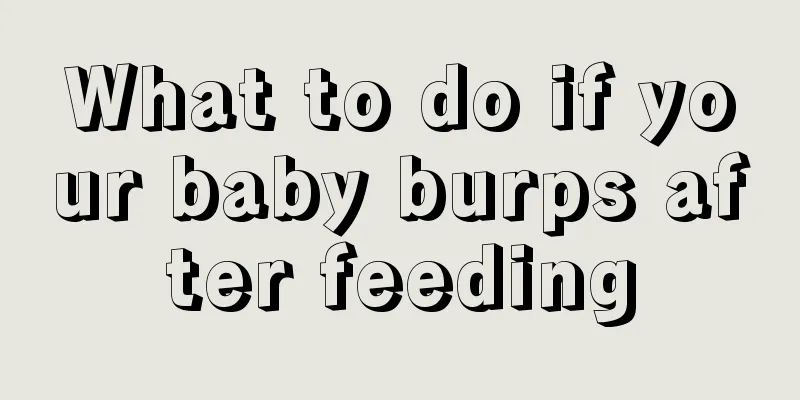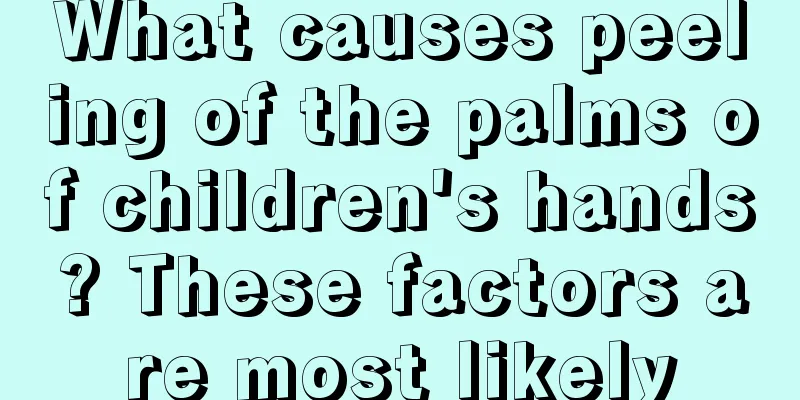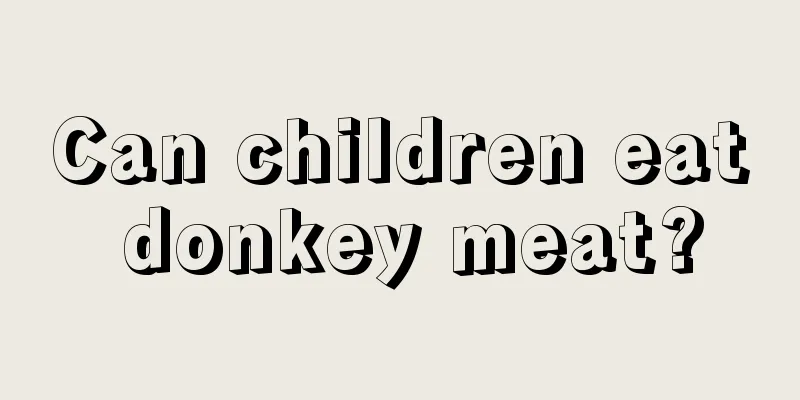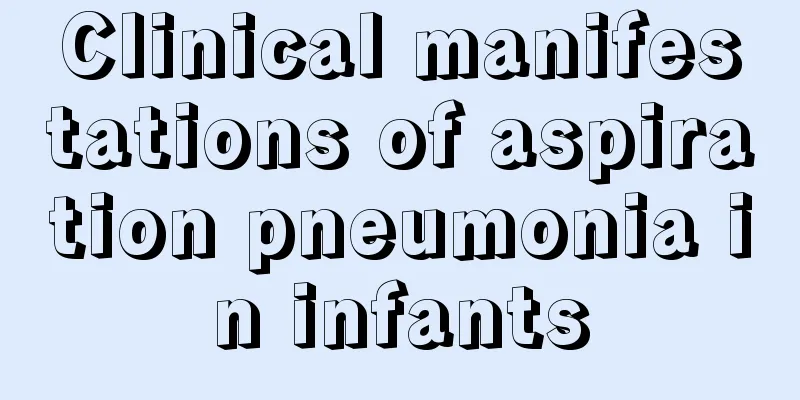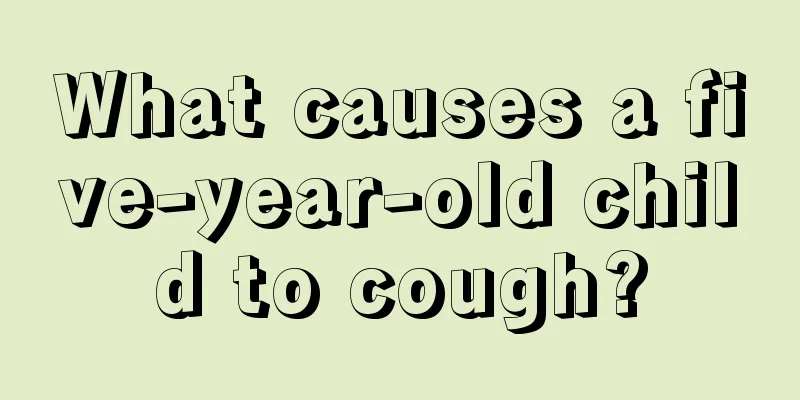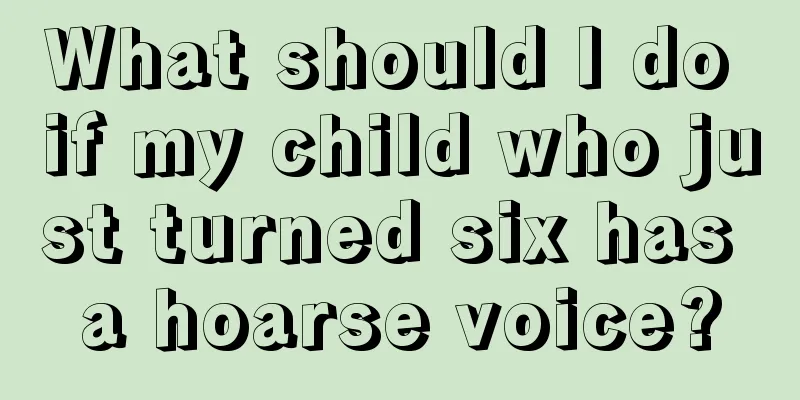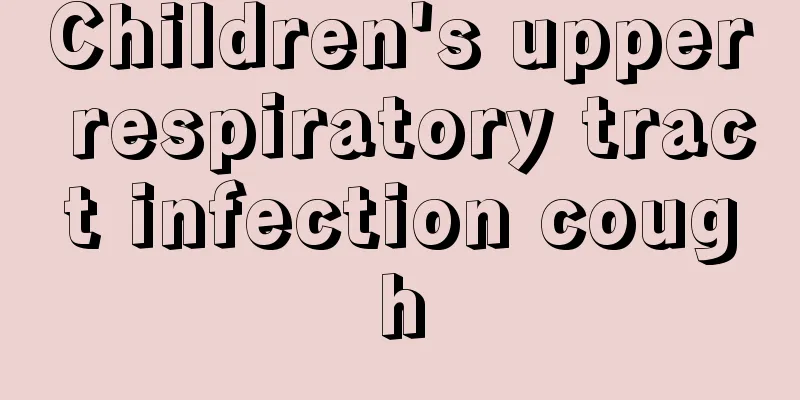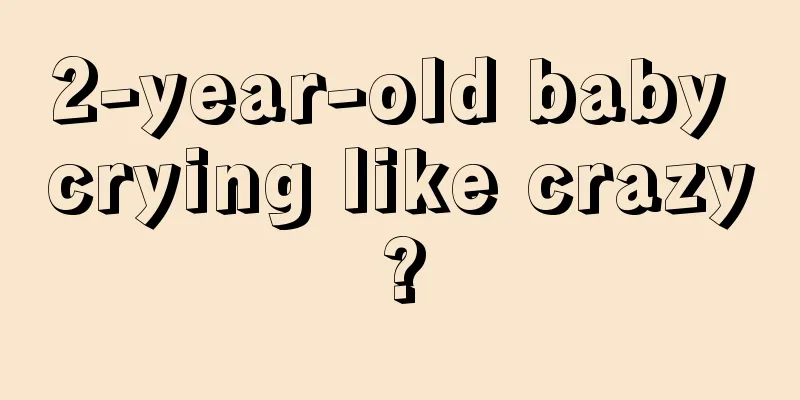How to deal with febrile seizures in infants
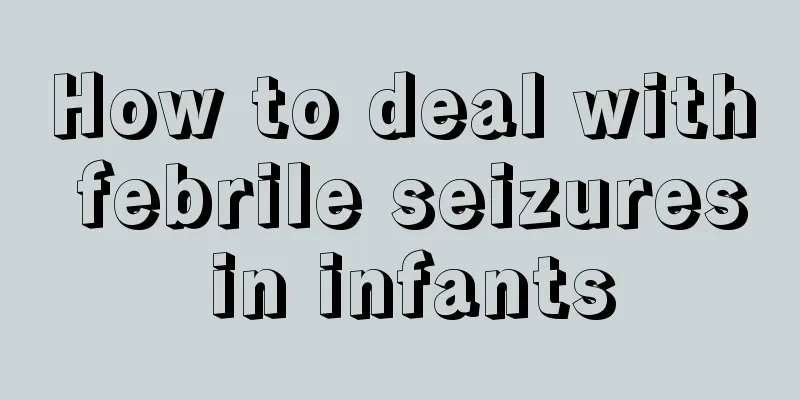
|
Infant febrile convulsions are a common critical illness, which are convulsions that occur when the body temperature is above 38°C due to infections other than the central nervous system. This is mainly because the younger the age, the less fully developed the nervous system is, and the excitability of the nervous system caused by high fever is easy to spread. Family genetic factors also play an important role in children's febrile convulsions. So what should we do if our baby has a high fever convulsion, and how should parents deal with the occurrence of high fever convulsion? 1. Improve immunity: strengthen nutrition and engage in regular outdoor activities to strengthen physical fitness and improve resistance. If necessary, use some drugs to enhance immunity under the guidance of a doctor. 2. Prevent colds: When the weather changes, add or remove clothes in time to avoid catching cold; try not to go to public places or places with a large number of mobile populations, such as supermarkets, stations, cinemas, etc., to avoid catching a cold; if adults in the family have a cold, they need to wear masks and avoid contact with children as much as possible; open windows for ventilation at irregular intervals every day to keep the air circulating in the home. 3. Actively reduce fever: When children who have had febrile convulsions catch a cold, parents should closely observe their body temperature changes. Once the temperature reaches above 38°C, they should actively reduce the fever. There are two ways to reduce fever: one is physical cooling; the other is drug cooling. Physical fever reduction includes: 1) Warm water bath: The water temperature should be slightly higher than body temperature, mainly for washing the palms, soles, armpits, popliteal fossa, groin, etc. of the child, but the time should be short to prevent cold again and aggravate the condition. 2) Ice pillow: Use an ice bag to pillow the child’s head, and at the same time, apply a cold water wet towel to a large area of the forehead to lower the temperature of the head and protect the brain. 4. Correct use of anticonvulsant drugs: 1) Intermittent use of anticonvulsant drugs: that is, no medication is used at ordinary times, only at the beginning of each febrile illness, when the body temperature rises to 37.5℃, immediately inject diazepam solution into the rectum or give oral diazepam, or diazepam suppositories can also be used; 2) Long-term use of anticonvulsant drugs: For children who have more than 5 febrile convulsions per year and each febrile convulsion lasts more than 30 minutes, anticonvulsant drugs can be taken for a long time, and attention should be paid to adverse drug reactions. After reading the editor's introduction, did you suddenly realize it? Infant febrile convulsions are a common critical illness. When a baby has a febrile convulsion, parents must remain calm and handle it calmly. At the same time, they should also learn more about the treatment and prevention of convulsions to minimize the baby's illness and let the baby grow up healthy and happy~ |
<<: How to observe and treat infants with fever and convulsions
>>: How many months is it normal for babies to start growing teeth?
Recommend
What is going on when a child crosses his eyes?
Cross-eyes, also known as strabismus, refers to t...
What should I do if my child has blackheads on the tip of his nose?
Blackheads are a very troublesome skin disease, a...
What’s wrong with my child’s body covered with red pimples?
Children's skin is very delicate, so they are...
What are the symptoms of trace element deficiency in children?
As we all know, human life activities require the...
What are the sequelae of a 5-year-old child having a fever and convulsions?
We all know that children will have resistance as...
What to do if your child keeps having a cold and cough
If a child’s cold and cough don’t get better, par...
What causes high platelet count in children?
What is the reason for thrombocytopenia in childr...
When your baby switches to breastfeeding, pay attention to these things
Babies who eat milk powder need to switch to milk...
The child has a nosebleed while sleeping at night
There are always some unexpected things that happ...
How to support newborns
The physical health of newborns is an issue that ...
Why does a child’s lymphocyte ratio appear high?
Children are in an important stage of developing ...
Baby soluble beans are more delicious this way!
Babies can gradually add complementary foods 3-6 ...
Why does a nine-month-old baby bite people?
As babies grow older, they will also have emotion...
What methods can quickly treat baby's cough?
Modern people will encounter this problem, why th...
Side effects of cod liver oil for babies
Every parent hopes that their children can grow u...
